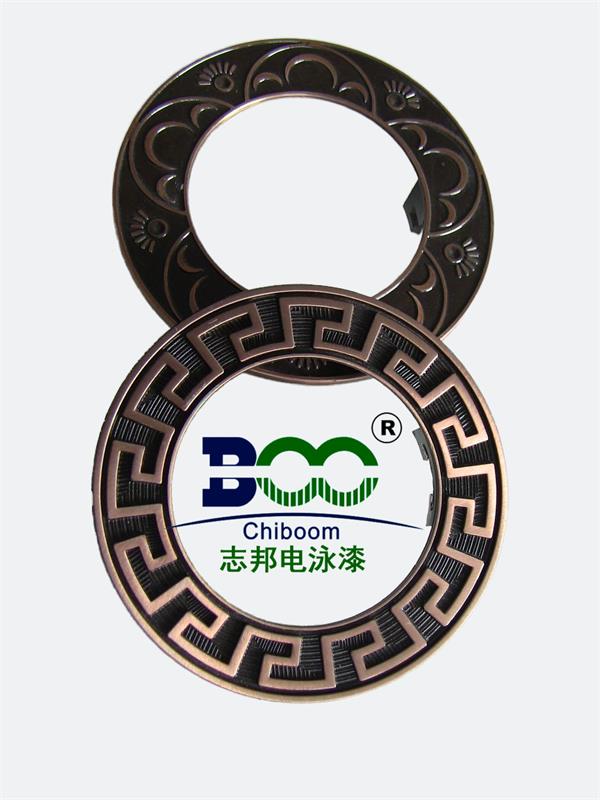The Difference Between Pinholes and Craters in Electrophoretic Paint Films
In the electrophoretic coating process, the quality of the paint film directly affects the product's appearance, corrosion resistance, and service life. However, during actual operation, various paint film defects are often encountered, among which pinholes and craters are two relatively common phenomena. Although they both manifest as small holes or depressions on the paint film, their causes, morphologies, and impacts are distinctly different. This article will delve into the differences between pinholes and craters in electrophoretic paint films.
I. Definitions and Morphologies
Pinholes in electrophoretic paint films refer to needle-like small pits with pore diameters below 1mm that appear on the surface of the paint film after electrophoretic coating. These small holes are usually evenly distributed, with small diameters and no foreign matter in the center, and no accumulation or protrusion of paint film around them. The formation of pinholes may be due to redissolution of the paint film, failure to timely expel gases generated during the electrophoretic process, poor dewetting of the wet film, and other reasons.
On the other hand, craters appear as micro-holes or volcano-shaped depressions with diameters usually ranging from 0.5 to 3.0mm on the surface of the paint film after drying. The center of the crater may contain particles but is usually not scratchy. The formation of craters is mainly due to dust, oil stains, or particles incompatible with the electrophoretic coating existing in or on the surface of the wet electrophoretic paint film. These impurities become the center of the crater and hinder the normal flow and wetting of the paint, thereby forming depressions during the drying process.

II. Causes
The causes of pinholes in electrophoretic paint films are complex and diverse, including: excessively high electrophoretic voltage and too intense current shock reactions resulting in excessive gas bubbles; low solvent content leading to poor paint film fluidity; low tank liquid temperature affecting the drying speed of the paint film; low pH value or excessive solvent in the paint, reducing the paint film's resistance to impurities; excessively high impurity ions in the tank liquid, intense electrolysis reactions, and the generation of excessive gas.
In contrast, the formation of craters is more related to impurities in the wet electrophoretic paint film. These impurities may originate from incomplete cleaning of the coated surface, failure to remove impurities such as grease and lubricating grease in the electrophoretic paint, or contaminants such as dust and metal filings in the electrophoretic tank liquid. Additionally, microcracks and micropores on the material of the coated object may also contribute to the formation of craters.
III. Impacts and Solutions
The presence of pinholes and craters in electrophoretic paint films seriously affects the product's appearance quality and corrosion resistance. Pinholes may lead to uneven coating thickness, reducing the protective performance of the coating; while craters may cause coating holidays, accelerating the corrosion process of the product.
To address the issues of pinholes and craters in electrophoretic paint films, the following solutions can be adopted: adjust the electrophoretic voltage and current parameters to ensure the stability of the electrophoretic process; optimize tank liquid parameters, such as increasing solvent content, controlling tank liquid temperature and pH value; strengthen surface cleaning treatment of the coated object to ensure no impurities in the electrophoretic paint; regularly clean the electrophoretic tank liquid to reduce the content of impurity ions; for crater issues, consider using anti-crater agents or improving paint formulations.
In summary, although pinholes and craters in electrophoretic paint films both manifest as small holes or depressions on the paint film, their causes, morphologies, and impacts differ. In practical operations, corresponding preventive and remedial measures should be taken based on specific circumstances to ensure the quality of electrophoretic coating.





 WeChat
WeChat